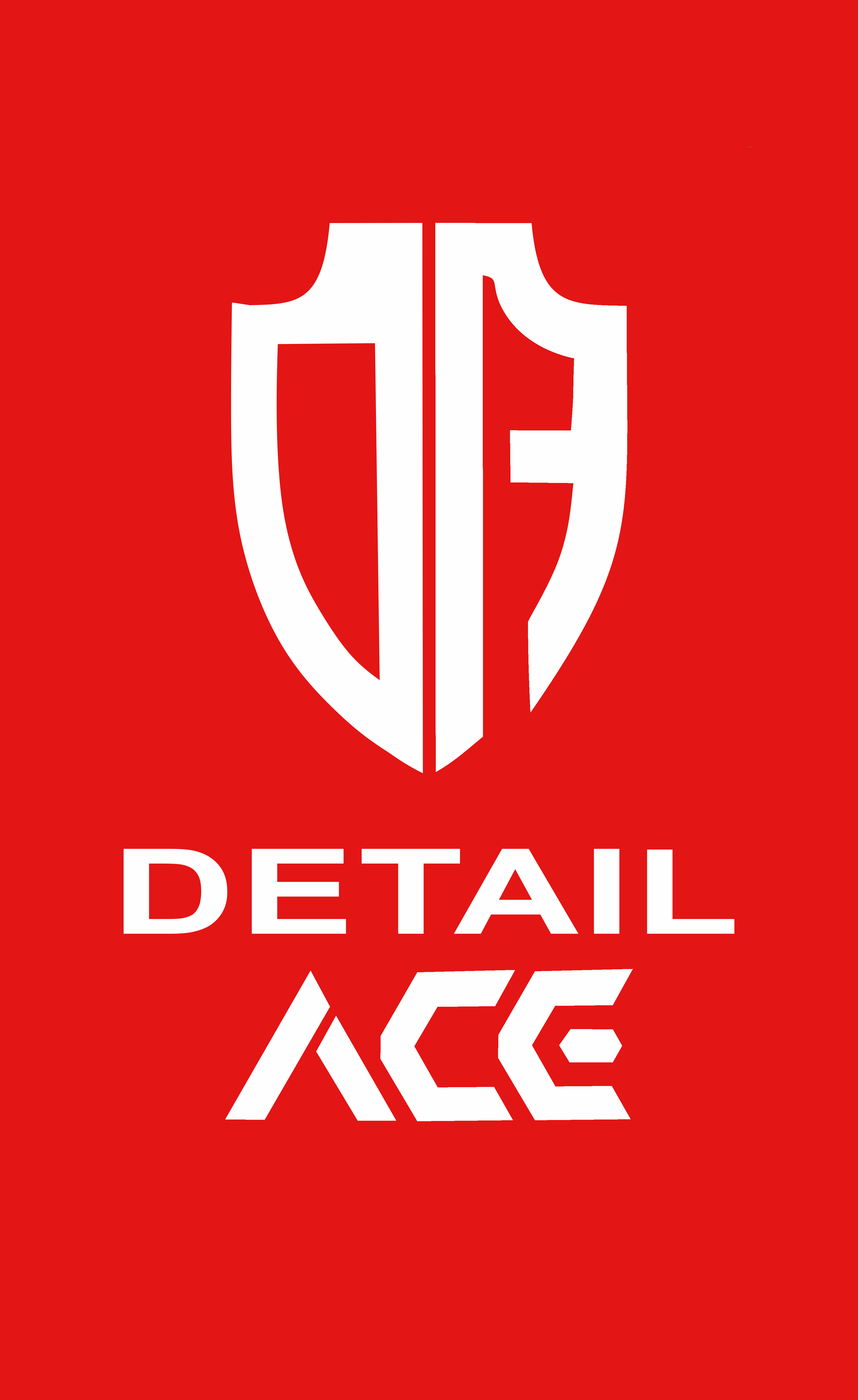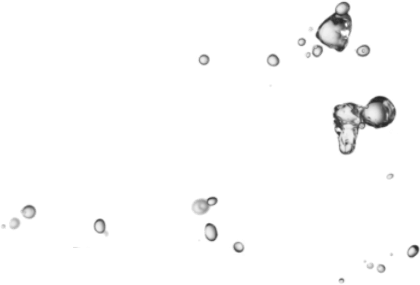Paint Decontamination: How to do it Properly
Whether you just drove your brand new car off the lot, or you’re prepping your classic car for a show, you’re going to want to make sure the paint is properly decontaminated. Contaminants like iron particles, bug splatter, tree sap, and road grime can etch into the paint if left unchecked, causing long-term damage. We have already discussed, in a separate blog post here, why car paint decontamination is the most important step of any detailing project. And why it needs to be done before the paint correction, polishing, and waxing/coating process can be started.
In this blog post, we’ll show you two main methods used by us and the detailing professionals the world over, for decontaminating your car’s paint: abrasive and chemical.
Surface Preparation
Before you start the paint decontamination process, it’s important to pre-wash your car first. This will remove any loose dirt and grime that could potentially damage your paintwork during the decontamination process. We recommend using a good pressure washer and a foam cannon with a mix of water, non-wax car shampoo, and bug & tar remover.
However, if you don’t have a pressure washer or a foam cannon you can also use the 2-bucket car wash method. Just make sure to wash the car in a shaded area to avoid any water spots. Once you’ve washed the car, dry it off with a clean microfiber towel and you’re ready to start the decontamination process.
Abrasive/Physical Treatment for Paint Decontamination
The abrasive treatment uses something called Clay Bar. If you’re like most people, the word “clay” probably doesn’t conjure up images of beauty and perfection. But in the world of auto detailing, clay bars are an essential tool for safely and effectively removing contaminants from your car’s paint surface. Not sure which grade of a clay bar is right for your vehicle? Here’s a quick rundown of the difference between fine and coarse clay bars.
Fine clay bars are designed for use on vehicles with genuine paints and low levels of surface contamination. If your vehicle falls into this category, a fine clay bar will safely remove contaminants without damaging the paint surface. Coarse clay, on the other hand, is recommended for repainted vehicles or vehicles with heavy paint contamination. The coarser particles in a coarse clay bar will remove tougher surface contaminants. But they can also damage the paint by leaving scratches and swirl marks, if not used properly. Clay bars cannot be used as a standalone product, they require a clay bar lubricant, water and microfiber cloth for proper workflow.
Here’s how to use a clay bar:
- Make sure the surface is cool to the touch and out of direct sunlight. If the surface is too hot, it will cause the clay bar lubricant to dry off. This will result in scratches, holograms and water spots. If the surface is too cold, the clay bar will be more brittle and more likely to break.
- Next, liberally spray a clay bar lubricant on the area you’ll be working on. We recommend using a quick detailer as your lubricant since it’s designed not to leave behind any streaks or residue.
- Gently glide the clay bar across the surface until it glides smoothly. You’ll know you’re done when the clay bar starts making a clear sound and the glide feels soft and smooth instead of gritty and rough.
- Repeat steps 3-5 until the entire vehicle has been decontaminated.
- Once you’re finished, wash the vehicle again with car shampoo and water then dry it off completely using a clean microfiber cloth.
Chemical Treatment for Paint Decontamination
The Chemical treatment is done using specifically formulated products that dissolve and remove the embedded contaminants. Chemical treatment is less labor intensive than abrasive treatment but it requires more careful application since some chemicals can damage paint if not used correctly.
Products such as iron removers, bug & tar removers, tree sap removers, and paint decontamination solutions are used for chemical treatment. When it comes to paint decontamination, one size does not fit all – different chemicals must be carefully selected for each unique situation. But when used correctly, chemical treatment is an effective way to clean your car’s paint without causing any damage.
Here’s how to use a paint decontamination solution:
- Make sure the surface is cool to the touch and out of direct sunlight before beginning chemical treatment. If the surface is too hot, it will cause the decontamination solution to dry too quickly which could lead to streaking or haze formation. If the surface is too cold, alcohol-based solutions could freeze which would make them ineffective.
- Work away from direct sunlight.
- Begin by spraying a liberal amount of decontamination solution onto one section of your vehicle. Always work in small sections of 1.5’x1.5′ to perform the paint decontamination process effectively.
- Allow dwell time according to product instructions then agitate with a soft detailing brush or microfiber towel. Note: Dwell time depends on the weather, working conditions and the product used. Consult the instructions on the product label for information regarding dwell times.
- Once agitation is complete, rinse thoroughly with clean water making sure all residue has been removed. It’s important to rinse immediately after agitation because some decontamination solutions can etch paint if left on too long.
- Repeat steps 2-5 until the entire vehicle has been treated.
- Wash the entire vehicle with fresh water and a good pH-neutral car shampoo. Then dry it off using a clean microfiber cloth.
At The Detailing Ace, we use a combination of both abrasive and chemical treatments for optimal results. However, we understand that not everyone has access to professional-grade products or equipment.
For those looking for a more DIY approach, browse our product catalog, we have everything you need for your paint decontamination project. Visit Shop
Conclusion
In this blog post, we’ve shown you how to properly decontaminate your car’s paint using both an abrasive treatment and a chemical treatment. While both methods are effective on their own, we recommend using a combination of the two for optimal results. By taking proper care of your car’s paint, you can maintain its value and keep it looking good for years!
Thanks for reading. We hope this blog post was helpful in showing you how to properly take care of your car’s paint. If you need a professional detailing service, call The Detailing Ace—we promise you will be delighted!


